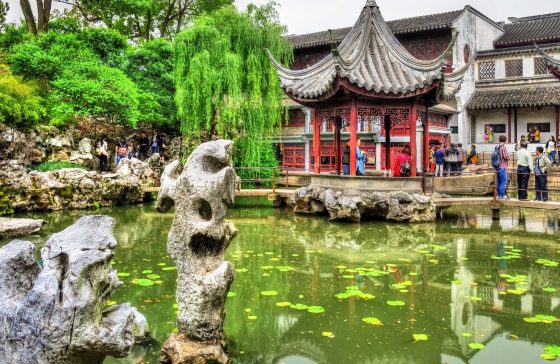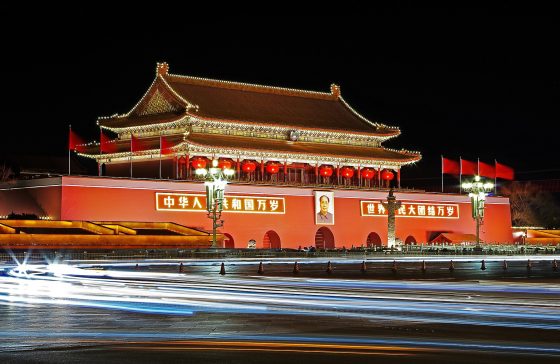Chinese cuisine revolves heavily around five key flavours; sweet, sour, spicy, salty and bitter. These flavours are blended harmoniously together in Chinese cooking, not only to create incredible tastes, but it is believed that they promote health and longevity.
Common ingredients in Chinese dishes include rice, noodles, bao buns, meats, vegetables and tofu. Tea is very popular and is served with most meals.
Here we’ve compiled a list of our favourite Chinese eats… Chopsticks at the ready!
Breakfast:
Dòujiāng yóutiáo (soybean milk and deep-fried dough sticks)
Bāozi (steamed buns filled with meat or soup)
Dòuhuā (tofu pudding)
Miàntiáo (wheat noodles)
Mǐfěn (rice noodles)
Congee (rice porridge)
Húntun jiăozi (wantons and dumplings)
Jiānbĭng (thin pancake with eggs)
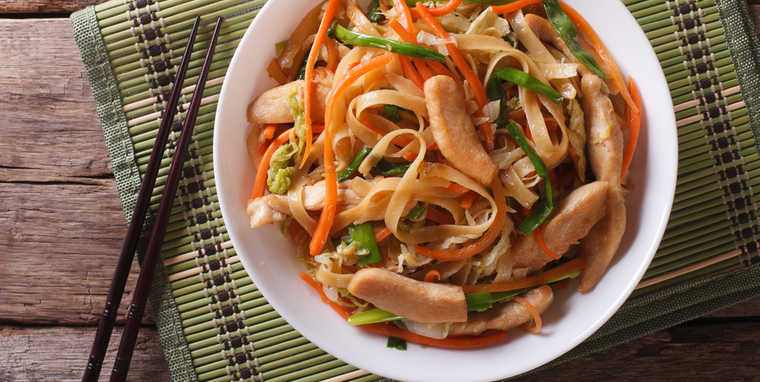
Entrées:
Chūn juǎn (spring rolls)
Húntun (wantons)
Jiăozi (dumplings)
Mains:
Běijīng tián yā (peking duck)
Gū lǎo ròu (sweet and sour pork)
Gōngbǎo (kung pao chicken)
Siu Mei (Cantonese barbecued meat)
Fuqi Feipian (chilled Sichuan beef)
Chow mein (fried noodles)
Má pó dòu fu (tofu in spicy sauce)
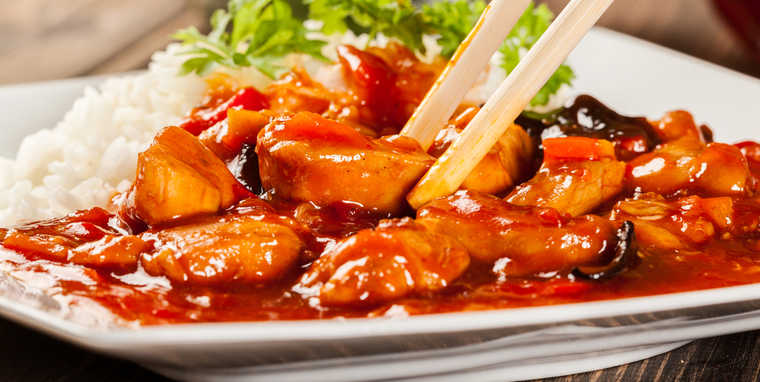
Sides:
Rice
Liáng bàn bō cài (cold sesame spinach)
Desserts:
Dòu shā bāo (bun with red beans)
Dàn tà (egg tarts)
Nán guā bǐng (pancake made from pumpkin)
Nǎi huáng bāo (bun filled with egg yolk and sugar)
Tāng yuán (sweet soup with sticky rice balls)
Xìng rén dòng (almond jelly)
Shāo xiān cǎo (grass jelly)
Liú lián sū (deep-fried durian)
Lóng xū sū (dragon’s beard candy)
Táng hú lu (candied fruit on a stick)
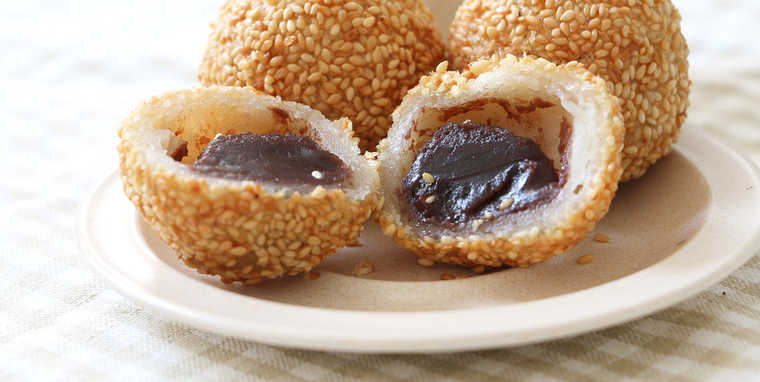
Drinks:
Tea, pearl milk tea, Tieguanyin, C100, Suanmeitang, salt soda water, soybean milk, coconut milk.
Beer:
Sinkiang, Tsingtao, Kvass.
Wine:
Jiuniang, Osmanthus.
Spirits:
Baijiu
Elle Conway studies Journalism in Canberra, Australia. Prior to university, she spent four years travelling, working and living abroad. She loves fantasy novels and spiced rum, and one day hopes to travel to Antarctica.

